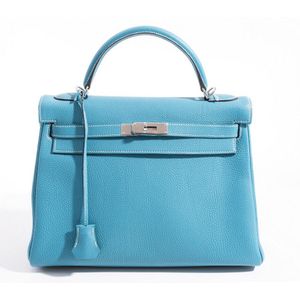William IV Piano Stool with Fluted Mahogany Stem
You must be a subscriber, and be logged in to view price and dealer details.
Subscribe Now to view actual auction price for this item
When you subscribe, you have the option of setting the currency in which to display prices to $Au, $US, $NZ or Stg.
- William Iv - William IV was King of the United Kingdom and King of Hanover from 26 June 1830 until his death in 1837, and in English furniture design it represented the brief period between the end of the Regency period, and the beginning of the Victorian period.
- Circa - A Latin term meaning 'about', often used in the antique trade to give an approximate date for the piece, usually considered to be five years on either side of the circa year. Thus, circa 1900 means the piece was made about 1900, probably between 1895 and 1905. The expression is sometimes abbreviated to c.1900.
- Fluting - A form of decoration found on many pieces of furniture, as well as ceramics, silver and clocks, in which round-bottomed grooves, of varying width and depth, are let into columns, pilasters, legs. As a general rule, flutes are cut in the vertical, though they may follow a turned leg in a spiral pattern. In cross-section, they may be described as a series of 'U' shapes, rising and narrowing at each end of the groove. Fluting is the opposite of reeding, with which fluting is often associated.
- Mahogany - Mahogany is a dense, close grained red-coloured timber from the West Indies and Central America. It was first imported into Europe in the the early 18th century and its use continued through the 19th century. It was popular for furniture making because of its strength, the wide boards available, the distinctive grain on some boards, termed flame mahogany and the rich warm colour of the timber when it was polished.. The "flame" was produced where a limb grew out from the trunk of the tree, and this timber was usually sliced into veneers for feature panels on doors, backs and cornices.
Some terms used to describe mahogany relate to the country from which it originally came, such as "Cuban" mahogany, "Honduras" mahogany etc. However unless the wood has been tested the names assigned are more a selling feature, rather than a true indication of the timber's origin.
This item has been included into following indexes:
Visually similar items

A George III sterling silver fish slice, 1799 London, with maker's marks for James Darquits, a reeded hollow handle slice with a trowel style attachment to the shaped slice with a threaded upper edge and a pierced looped motif; hallmarked to blade and hand

A Kelly bag by Hermes, styled in blue Jean Togo leather wit white contrast stitching, palladium hardware and detachable long strap, stamped circa 2008 and 178S, 32 x 23 x 10 cm.

Two sterling silver dishes, 1903 Birmingham, with rubbed maker's mark for probably HM, a square dressing table dish with an applied border and lattice decorated corners, hallmarked to rim, 1904 Sheffield, with maker's mark Hw for Lee & Wigfull, a shell dis

Pair of Moorcroft 'Pink Geranium' posy vases, factory impressed to both bases, height 15.5 cm
